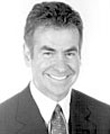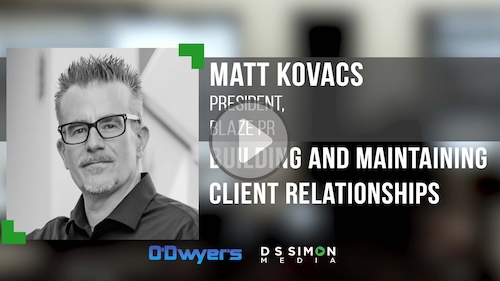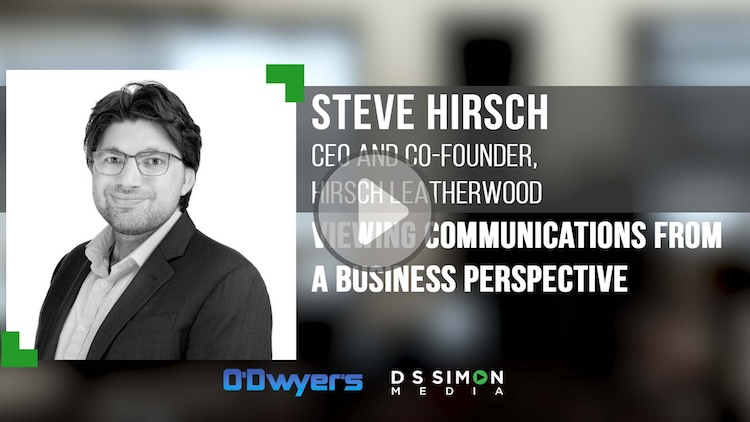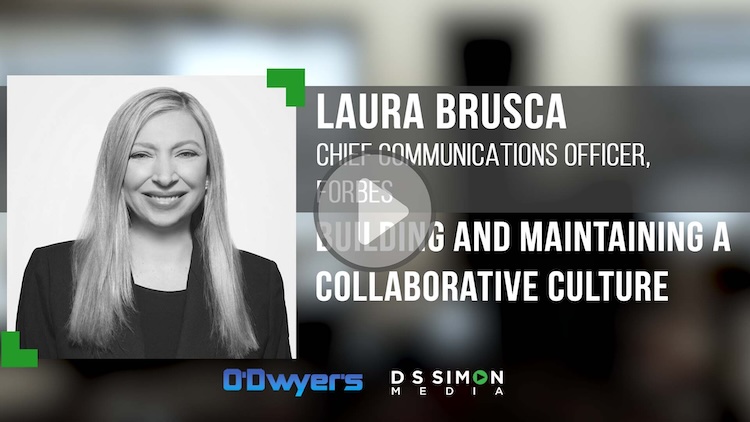 Fraser Seitel |
In other words, according to Barnum, “There is no such thing as bad publicity.”
“Horse feathers!” answer proud PR professionals, who argue that publicity can be effective and long-lasting if it’s based on positive performance.
Ergo, to these students of the craft, “PR” stands for “performance recognition,” and positive publicity must, in fact, be “earned” from positive action. As proof, say the traditionalists, consider the list of sinners who perished from publicity, among them:
Congressman Anthony Weiner, whose ascending political career was short-circuited when his embarrassing anatomical tweets to female followers went viral.
Actor Michael Richards, aka Seinfeld’s Kramer, who went down in flames after his expletive-filled racial tirade hit social media.
Heisman Trophy winner Johnny Manziel, whose pro football career cratered when his off-field exploits were widely publicized.
Examples like these, say the publicity purists, reinforce the notion that if you lie, cheat, steal or otherwise act boorish, you won’t win no matter how much publicity you get. In other words, “You can’t pour perfume on a skunk.”
Or at least that’s how it used to be. In the year of Donald Trump, lots of things have changed, including what constitutes “effective publicity.”
Today — with standards lowered throughout society, institutions like the media or business or government generally held in disrepute and two “skunks” competing for the highest office in the land — it’s time to redefine what we mean by “positive publicity.”
Three elements, in particular, must be factored into the new definition.
Lower societal standards
It used to be that one had to go to school, study and even intern before qualifying to don the respected mantle of a journalist. Not any more.
Today, anybody with a cell phone is qualified to be an analyst or a commentator. With one billion Facebook users, one billion camera phones, 175 million blogs and 200 million Twitter users, everybody nowadays a journalist.
Where once Americans got their news from revered newsmen like John Chancellor, Harry Reasoner and Walter Cronkite, today’s news consumers turn to the likes of Bill Maher or Bill O’Reilly or, horror of horrors, Nancy Grace!
No wonder, according to Gallup, only 30 percent of Americans rate the “honesty and ethical standards” of journalists as “low or very low.”
Plummeting institutional trust
Trust in, and support for, society’s institutions continues to fall.
Beyond the lack of trust in journalists, trust in government, too, has taken a hit. Gallup reports that confidence among Americans in the Presidency and the Supreme Court is less than 40 percent, with the Congress “inspiring” a confidence level of 6 percent.
The results in business trust aren’t much better. The latest Harris Interactive Reputation Quotient study indicates that bedrock industries from energy to pharmaceuticals, from banking to airlines to insurance, are thought of negatively by more than half the population.
And confidence in other institutions, from the police and public schools to organized labor and the medical system has similarly plummeted.
Inferior role models
Perhaps predictably, in a culture where standards have descended and institutional trust has cratered, the individuals most admired by society — from Kanye and Kimmy to Paris and Miley, from Coach Pop to Coach Knight, from Gov. Christie to Rev. Al — pale in comparison to their predecessors in terms of everything from manners to grammar to courtesy to couth.
Perhaps most germane to public relations and publicity has been the wholesale discounting of telling the truth. When a U.S. President named Clinton — aided and abetted by communications advisors named Carville, Begala and Lanny Davis — openly lied about his liaisons in the Oval Office, “spinning” the truth, (i.e. distorting, deceiving, obfuscating or downright lying to further one’s case) became acceptable.
If the President of the United States did it — and it worked — then why shouldn’t a public relations counselor advise his clients similarly to lie to escape a sticky situation?
It was inevitable, therefore, that eventually, the two candidates for President would both proven liars, who are virtually equally disliked by half of the American public.
En el pais de los ciegos, el tuerto es rey. In the land of the blind, the one-eyed man is king.
And in such a land, it becomes increasingly more difficult to define “positive publicity” as that which one must earn only through proper performance.
Somewhere, P.T. Barnum is all smiles.
* * *
Fraser P. Seitel has been a communications consultant, author and teacher for 40 years. He may be reached directly at [email protected]. He is the author of the Prentice-Hall text The Practice of Public Relations, now in its 12th edition, and co-author of Rethinking Reputation and Idea Wise.










 Have a comment? Send it to
Have a comment? Send it to 
No comments have been submitted for this story yet.